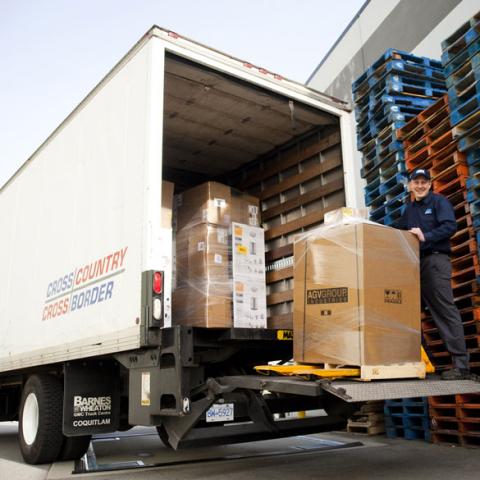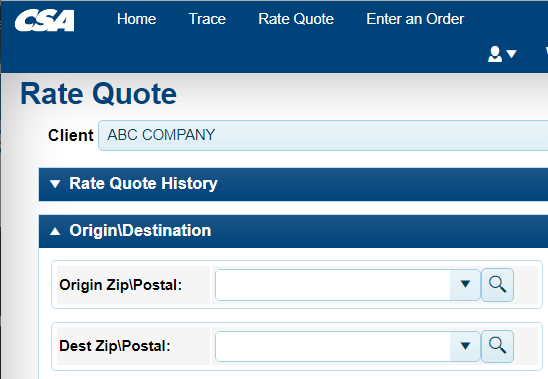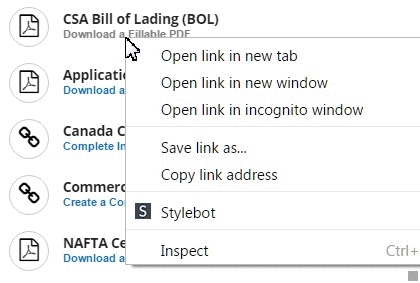How to Get the Best Freight Rates
A business should always be on the lookout for ways to lower expenses. Controlling your shipping costs (freight rates) is a great way to do this. How do you know you are getting the best freight shipping available? You need to be informed and understand more about shipping carriers and the processes involved.
Freight Rates Explained
Freight rates are the general cost of shipping for a shipping carrier to take your cargo from one location to another. These rates vary significantly from carrier to carrier. As a result, there is a lot to consider when trying to find the best freight prices.
Tips for Securing the Best Freight Rates
Use this guide so you and your business can get the best freight rates possible. You will soon learn how to negotiate freight rates like a pro. All you need to do is keep reading.
Shipping Consolidation
Send as much as you can in one shipment. If you are frequently shipping to the same location, consolidating will be an excellent way to get the best freight rates. Remember, the best LTL rates are designed in ways so that the more you ship, the less you pay.
You will get a much better price shipping in bulk. Shipping individual items will be far more costly. On average, shippers can save up to 90% by strategically consolidating shipments. As such, stack those boxes tightly and reduce how often you ship.
What are Carrier Lanes?
Also known as freight route imbalances, carrier lanes play a significant part in your shipment costs. A carrier lane refers to the route your cargo will be taking.
The headhaul lane is the first truck or vehicle to carry cargo to its initial destination. In other words, the beginning journey of a truck. Be aware that carriers usually charge premium prices for headhaul as trucks are typically full.
The backhaul lane refers to your cargo catching a ride on a return trip. This is a money-saving opportunity as empty returning trucks will be grateful to carry cargo on the way back. Be sure to negotiate a significant discount if your cargo is sent in the backhaul lane.
Carrier Liability
It’s imperative to make sure you entirely understand your carrier’s liability coverage. The last thing businesses want is to pay for damage incurred to cargo during transit. If you’re going to protect your goods properly, you will need to know what additional freight insurance will be required.
Third-party logistics companies are used to assist you in understanding your coverage needs. Also known as 3PL’s, these companies are professionals at understanding specific restrictions on your carrier’s limited liability policy and can advise you on getting additional insurance.
Don’t make the mistake of costing your business thousands of dollars.
How to Select the Best Carrier Route
There are two types of carriers available in shipping:
Regional Carrier: A better choice for short regional routes and perfect for fast, cheap shipments.
National Carrier: National carriers are better for long-haul, cross-country shipments.
Both types of shipping carriers are priced differently. A lot is determined by where you are shipping from and the destination of the shipment. Carriers have their own hubs and routes (lanes), and just like airfares, prices can vary greatly depending on their placement.
Make an informed decision about your carrier and do your research as prices change and fluctuate like airline tickets.
Get Your Freight Class as Low as Possible
The lower your freight class is, the lower your cost will be. Your shipment size determines freight class. This means every inch of your pallet should be filled, leaving no empty spaces. Packing materials need to be tight and used to reduce the size as much as possible. In addition, be careful nothing is sitting over the pallet line.
Tip: Do not go oversize! Always avoid your pallet height exceeding 60 inches whenever you can. This will eliminate the possibility of unexpected freight charges.
Your Pallet Must Be Stackable
There is nothing worse than being labeled by a carrier as having “non-stackable” cargo. If your shipment takes up more space because other pallets cannot sit on top of it, you will be paying for the extra space. This small piece of advice will ensure you get the best shipping rate for your business.
Rules Tariff
A rules tariff is a comprehensive book that cargo carriers will have in their possession to outline all the rules and hidden fees affecting shipping costs. 3PL companies are the experts at negotiating freight rates by helping you read these books and compare hidden fees. This can assist you in finding the best freight rates available to you.
How to Negotiate Freight Rates
There is an art to negotiating with shipping carriers using a spot quote. It will take a little work, but it is advantageous.
What is a spot quote in trucking?
A spot quote is when you receive a rate outside of your carrier contract rate. This can be for many reasons, including less than truckload (LTL freight), a truckload (TL), Volume LTL, and so on. This can be a great way to save money for some businesses.
Contact CSA Transportation
At CSA Transportation, we provide pallet shipping rates. As a result, shipping rates have been simplified. This makes price comparison easy and allows you to get the best freight rates for every shipment.
We have 14 regional distribution centers, including our newest center in Illinois, that handles Chicago trucking needs. Other distribution centers are located in San Francisco, New York, and various cities in between.
As a leader in the transportation industry, we offer cost-effective, innovative solutions. If you would like to learn more about saving time and money on your freight rates, contact CSA Transportation.





